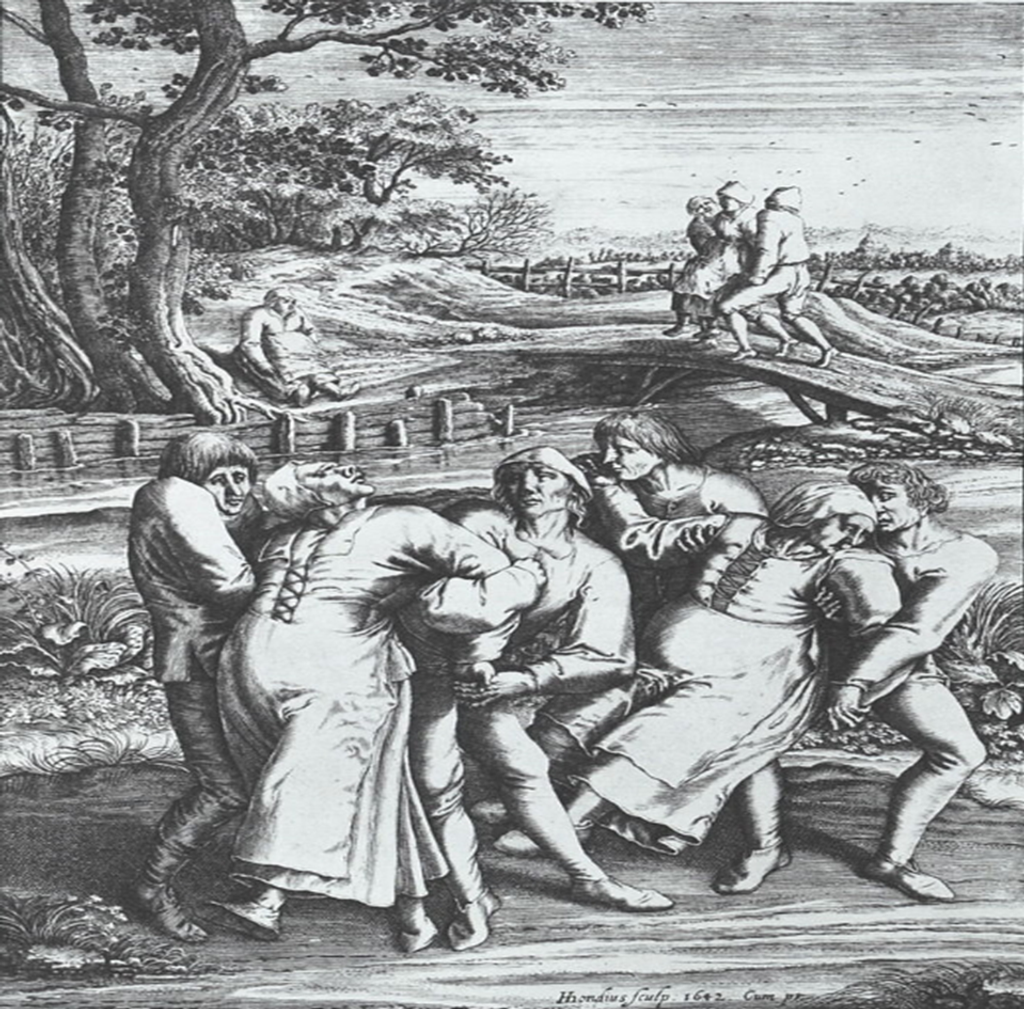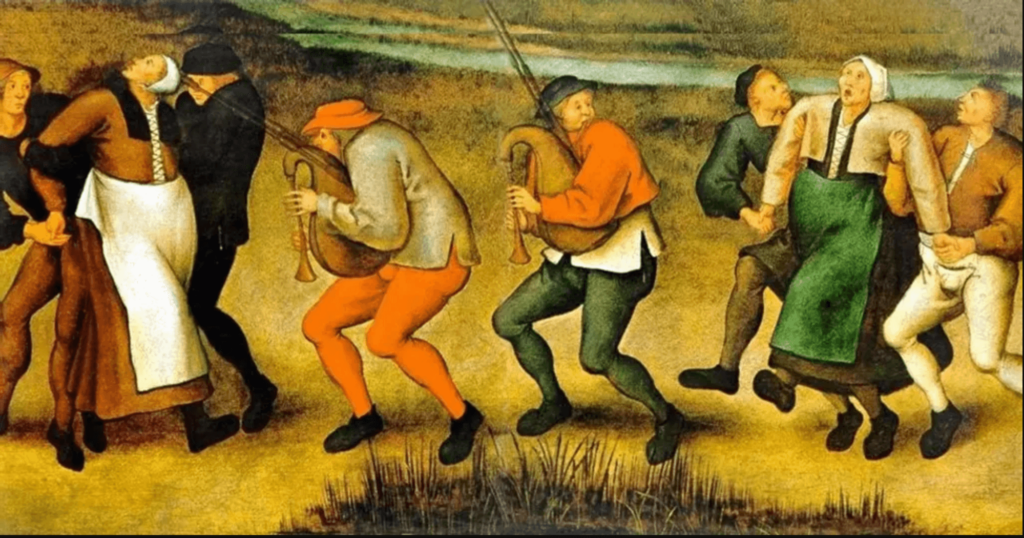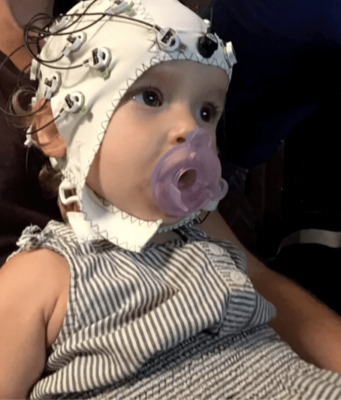The world recently faced the coronavirus pandemic, which has killed thousands. However, there have been other pandemics in history, one of the most unusual being the Dancing Plague.
People affected by the Dancing Plague would suddenly start dancing uncontrollably, twitching and flailing their limbs. They would keep dancing until they collapsed from exhaustion or suffered heart attacks or strokes, often resulting in death.
The earliest known case of the Dancing Plague dates back to the 7th century, and it reappeared at various times throughout history. Notably, it emerged again in Bernburg, Germany, in the 1020s. There were further outbreaks in the 13th century, including one in 1237, where children danced continuously while traveling between the towns of Erfurt and Arnstadt in Germany, covering a distance of 12 miles (20 km).
In 1278, a group of 200 individuals commenced dancing on a bridge spanning the River Meuse in Germany, resulting in the collapse of the structure. From 1373 to 1374, instances of the Dancing Plague were documented in England, Germany, and the Netherlands.
The Dancing Plague of 1518

Dancing Plague of 1518, Source: Pieter Bruegel the Elder/Wikimedia Commons
The notable Dancing Plague incident occurred in July 1518 in Strasbourg, France, and was initiated by a woman named Frau Troffea, who began dancing in the streets. Her relentless dance continued day and night; 33 others joined her within four days. Within a month, the number of dancers had risen to 400.
Strasbourg officials thought the Dancing Plague was caused by “hot blood” and provided places for the dancers, including two guildhalls and a grain market. They also set up a wooden stage and hired musicians for it.
Historical records, such as Strasbourg City Council notes, doctors’ reports, religious sermons, and local chronicles, reveal that many dancers had died by August 1518. By September, the town took the remaining dancers to a mountain shrine to pray for forgiveness.
What Causes the Dancing Plague?
Historian John Waller suggests that the plague may have been caused by stress-induced hysteria likely triggered by periods of disease and famine in affected regions.
Another theory proposes that the dancers may have consumed rye ergot, a fungus that grows on damp rye stalks and contains lysergic acid diethylamide (LSD-25). However, the typical duration of an LSD trip is less than 24 hours, raising questions about why the dancers continued for weeks.
The term “chorea,” derived from Greek meaning “to dance,” refers to abnormal, involuntary movements resembling dancing, often associated with neurological disorders known as dyskinesias.
Additional occurrences of the Dancing Plague emerged during the 16th century in Basel, Switzerland. From 1973 to 1978, six outbreaks resembling the Dancing Plague were reported in factories situated in Singapore. Workers exhibited symptoms such as screaming, trance-like states, and heightened levels of fear.
A significant recent instance of the Dancing Plague occurred in 2011 at Le Roy Junior-Senior High School in upstate New York. In this incident, 12 teenage girls started twitching, resembling symptoms of Tourette syndrome. Authorities investigated various potential causes, such as infection or poisoning, but found none. Ultimately, they attributed the phenomenon to mass hysteria, also recognized as mass psychogenic illness.
Reference
The Dancing Plague Has Got to be the Weirdest Outbreak Ever Experienced [Internet]. Accessed on April 03, 2024. Available from: https://interestingengineering.com/science/the-dancing-plague-has-got-to-be-the-weirdest-outbreak-ever-experienced
About Docquity
If you need more confidence and insights to boost careers in healthcare, expanding the network to other healthcare professionals to practice peer-to-peer learning might be the answer. One way to do it is by joining a social platform for healthcare professionals, such as Docquity.
Docquity is an AI-based state-of-the-art private & secure continual learning network of verified doctors, bringing you real-time knowledge from thousands of doctors worldwide. Today, Docquity has over 400,000 doctors spread across six countries in Asia. Meet experts and trusted peers across Asia where you can safely discuss clinical cases, get up-to-date insights from webinars and research journals, and earn CME/CPD credits through certified courses from Docquity Academy. All with the ease of a mobile app available on Android & iOS platforms!






